14 Trees and Shrubs You Should Plant in Autumn Instead of Spring
Planting trees and shrubs in autumn offers several advantages over spring planting. With cooler temperatures and ample moisture, fall provides the perfect environment for root development, allowing plants to establish themselves before the harsh summer heat. By planting during this season, your trees and shrubs can focus on growing strong roots, leading to healthier, more resilient plants when the warmer months arrive. This approach helps reduce transplant shock and gives your plants a head start for the next growing season.
This post may contain affiliate links, which helps keep this content free. Please read our disclosure for more info.
Maple Trees
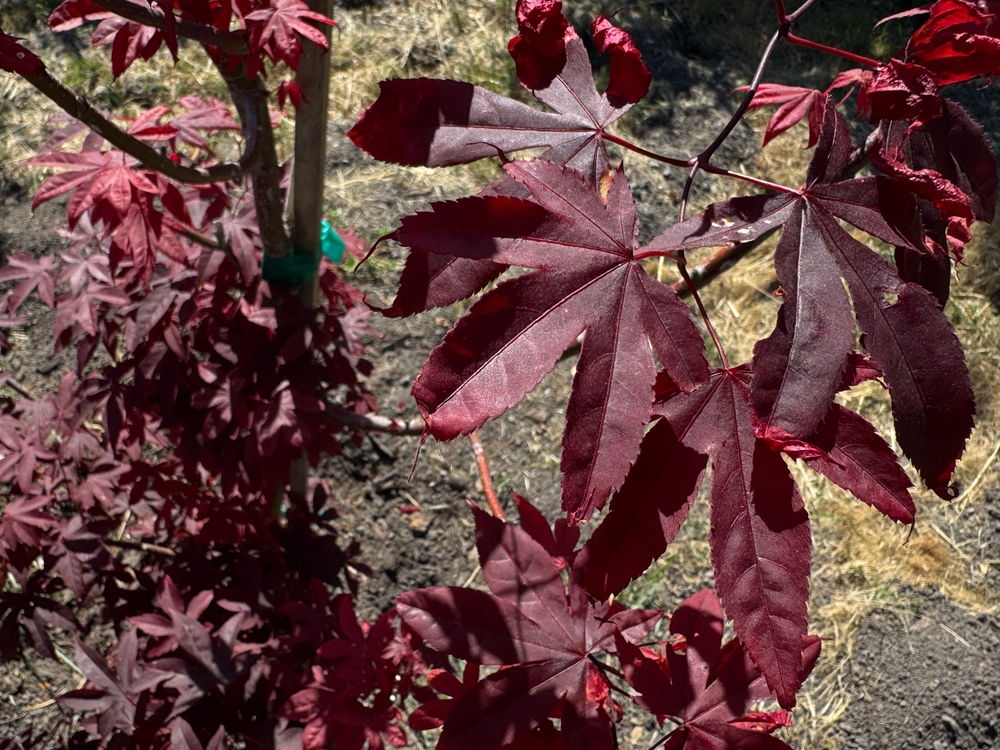
Maples, especially varieties like red and sugar maples, benefit greatly from being planted in autumn. In the fall, the cooler soil temperatures create a more stable environment for root development, allowing the tree to grow roots without the added pressure of producing leaves and flowers. The tree uses the autumn months to focus entirely on developing its root system, which lays the groundwork for stronger, more resilient growth in the spring. During this time, the soil is still warm enough to promote root activity, while the air temperatures are cool enough to reduce stress on the plant.
Moreover, planting in autumn allows maples to avoid the challenges of spring planting, such as potential heat waves or sudden dry spells. When spring arrives, maples that were planted in the fall have a well-established root system, making them less susceptible to transplant shock. They can quickly transition into leaf and flower production, ensuring a more vigorous and healthy growth cycle.
Oaks

Oak trees, known for their long lifespan and strong structure, are ideal for autumn planting due to their deep-rooted nature. Fall offers a perfect opportunity for oaks to establish a strong root system before the cold weather sets in. During this time, oaks can focus on developing their roots without the distraction of leaf production, which is especially important for these larger, slower-growing trees. The cool autumn air and moist soil provide an ideal environment for roots to grow deep into the earth, where they will be well-protected throughout winter.
The benefit of planting oaks in the fall becomes clear in the spring when the tree is well-established and ready to take full advantage of the growing season. The strong root system developed over the winter allows oak trees to access water and nutrients more efficiently, making them more resilient to drought conditions during the hotter months. Fall planting also reduces the risk of transplant shock, which can occur when trees are moved during the stressful summer months.
Birch Trees
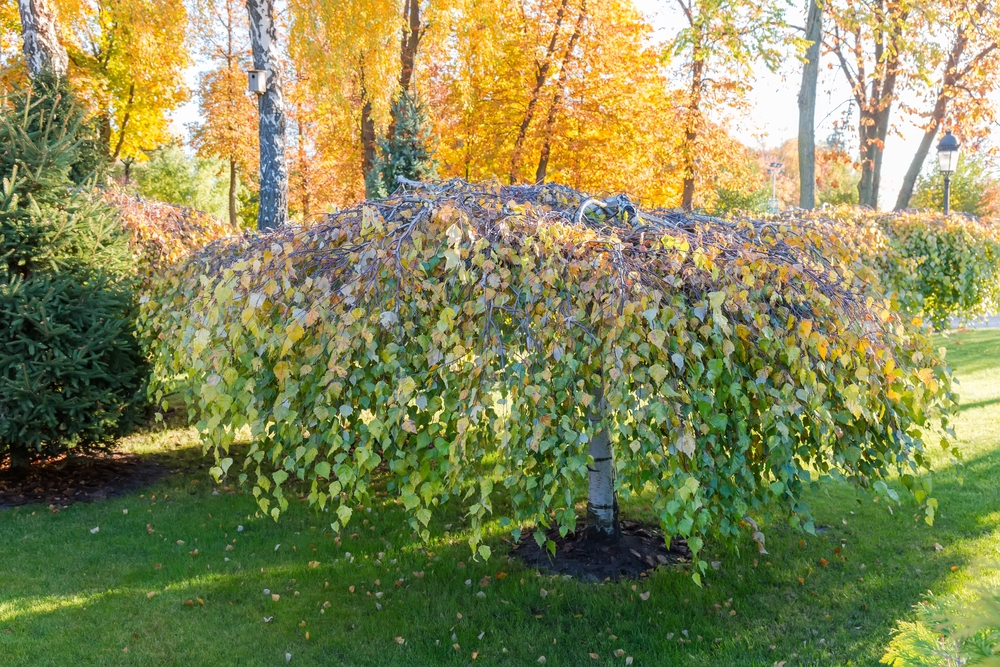
Birch trees are another excellent candidate for autumn planting due to their preference for cooler temperatures and their sensitivity to hot, dry conditions. Fall offers birches a chance to settle into the soil without the stress of summer’s intense heat. The cool weather and ample rainfall allow birches to develop their root systems before the dormant winter months, ensuring they are better prepared for the challenges of spring. In the fall, birch trees can focus their energy on building roots instead of leaves, which is essential for their long-term health.
By the time spring arrives, birch trees planted in the fall are already well-established, with strong, deep roots that help them survive the initial heat of the growing season. This early establishment gives birch trees a head start, allowing them to leaf out and begin photosynthesis quickly. The energy they save by not needing to expend resources on root growth in the spring makes them healthier and more resilient throughout the growing season.
Holly Shrubs
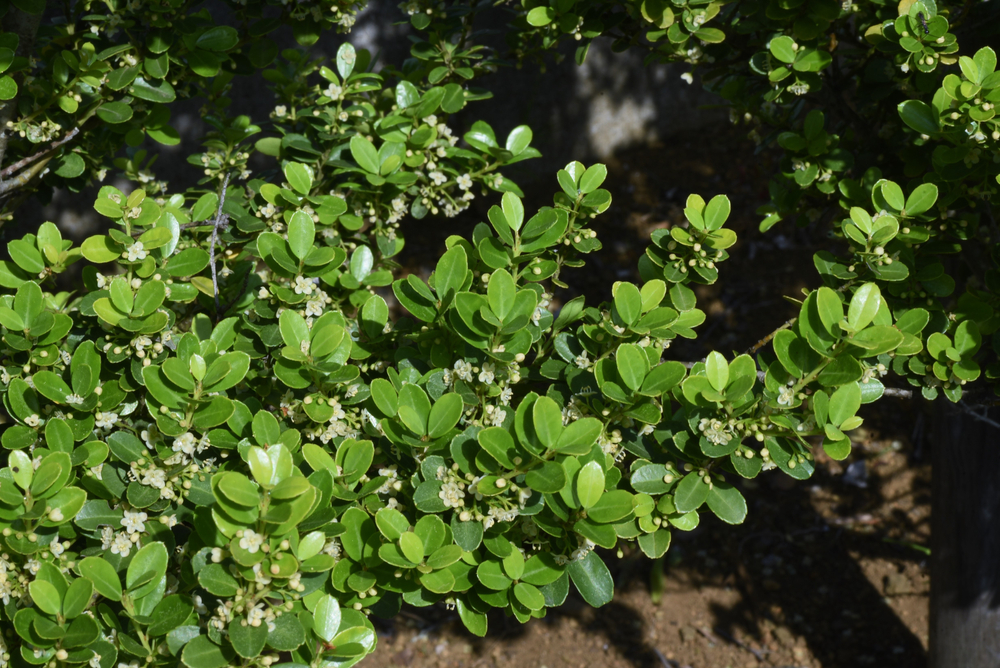
Holly shrubs thrive when planted in the fall due to the cooler temperatures and increased soil moisture. By planting them in autumn, you give them a head start in developing their root systems during the winter months. The cooler soil temperatures are ideal for encouraging root growth without stressing the plant by producing flowers or foliage. Over the winter, holly shrubs can develop roots that will anchor them firmly in the soil, making them better equipped to handle the hot, dry conditions of the following spring.
In the spring, holly shrubs planted in the fall are ready to produce vibrant leaves and flowers without experiencing transplant shock. Their roots, well-established from the fall planting, provide them with a solid foundation to absorb nutrients and water more efficiently. This early establishment also makes holly shrubs more resilient to potential drought or extreme weather conditions, ensuring a healthier, longer-lasting plant.
Lilacs

Lilacs, with their beautiful blooms and fragrant flowers, are another shrub that benefits from being planted in the fall. Fall planting gives lilacs the perfect opportunity to develop their roots while the soil is still warm enough to encourage growth. During the cooler months, lilacs can focus entirely on root establishment, without the stress of flower production. This enables them to conserve their energy, which will pay off in the spring when they begin to bloom.
Because lilacs planted in the fall have established roots over the winter, they are able to quickly produce vibrant flowers in the spring. The strong root system helps them survive periods of drought or dry spells during the summer months. By planting in fall, you’re essentially setting up your lilacs for a healthier, more productive growing season, giving them a better chance of flourishing each year.
Dogwoods
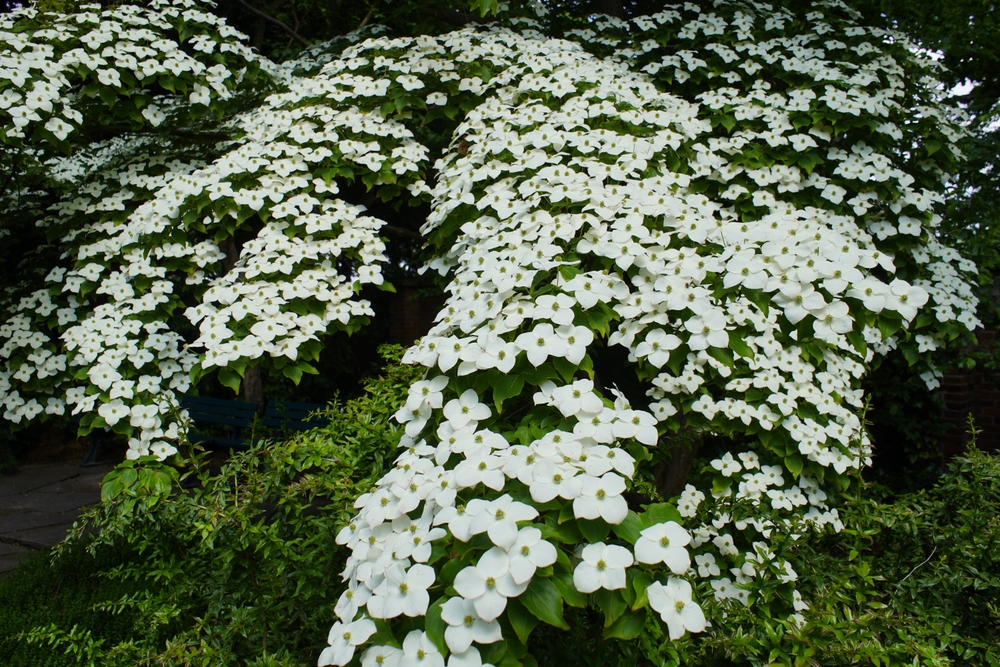
Dogwoods, known for their stunning spring flowers, are ideal candidates for autumn planting. When planted in the fall, these trees can take advantage of the cooler weather to develop their roots. The reduced temperatures minimize stress, and the soil retains enough moisture to encourage root growth without the added burden of producing leaves and flowers. Dogwoods can focus on root development throughout the winter, which is crucial for their survival and overall health.
In spring, dogwoods that were planted in autumn are already well-established and ready to grow. Their deep root systems allow them to access nutrients and water more efficiently, ensuring a strong start to their growing season. Planting in the fall also helps reduce the risk of transplant shock, which can delay the tree’s growth and flowering in the spring.
Japanese Maples
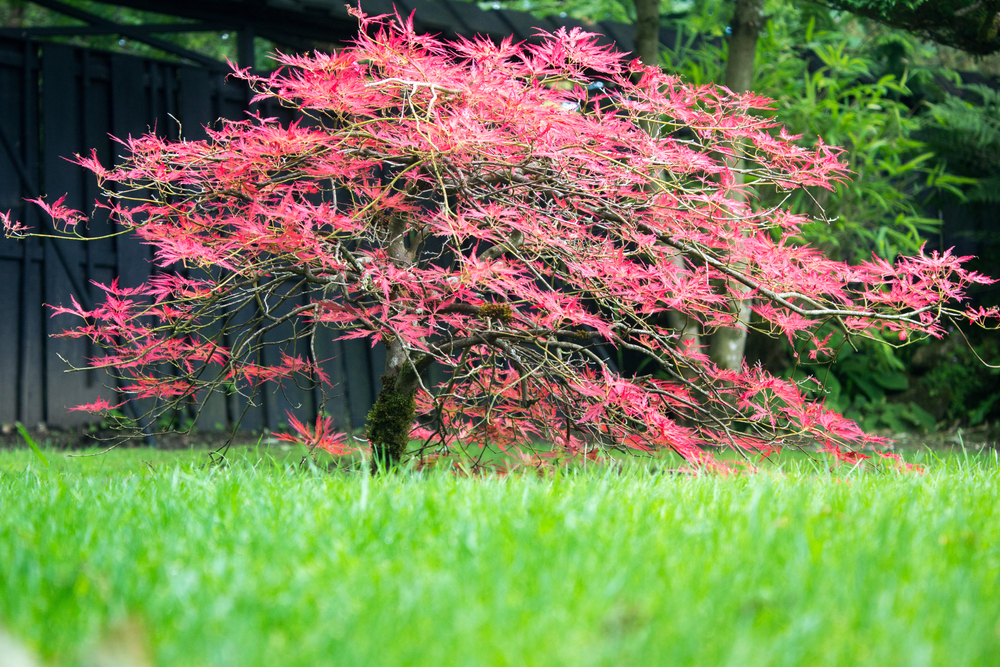
Japanese maples are particularly sensitive to heat, making them a perfect candidate for fall planting. During the cooler autumn months, these trees can develop their roots without the added stress of summer sun. As the temperatures drop, the roots can grow deep into the soil, where they are protected from winter’s cold. By spring, Japanese maples have a solid foundation of roots, allowing them to quickly start producing their delicate, colorful leaves.
Fall planting also offers the benefit of less competition for resources. In the spring, the established root system allows Japanese maples to take in more nutrients and water, making them more resilient during the warmer months. This early start ensures they are ready to grow and thrive when the growing season begins.
Redbuds
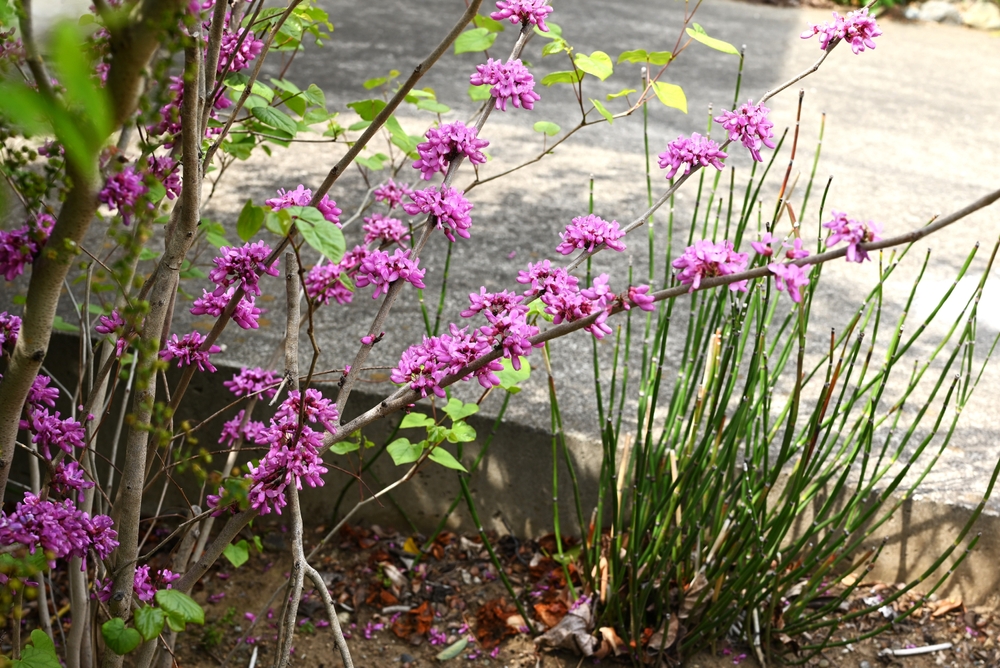
Redbuds are an excellent choice for autumn planting because they establish their roots more effectively during the cooler months. As the weather cools, redbuds can focus on rooting deeply into the soil, which allows them to grow stronger and be better prepared for spring. Without the pressure of leaf and flower production, they can use all their energy to develop a robust root system that will support their growth in the future.
In the spring, redbuds that were planted in the fall are more likely to have a successful bloom, as their root systems are already well-established. The deep roots also give them access to water and nutrients, allowing the tree to be more resilient during dry spells or periods of heat. Fall planting reduces the risk of transplant shock and helps the redbud tree settle in more quickly when the warmer months arrive.
Pines
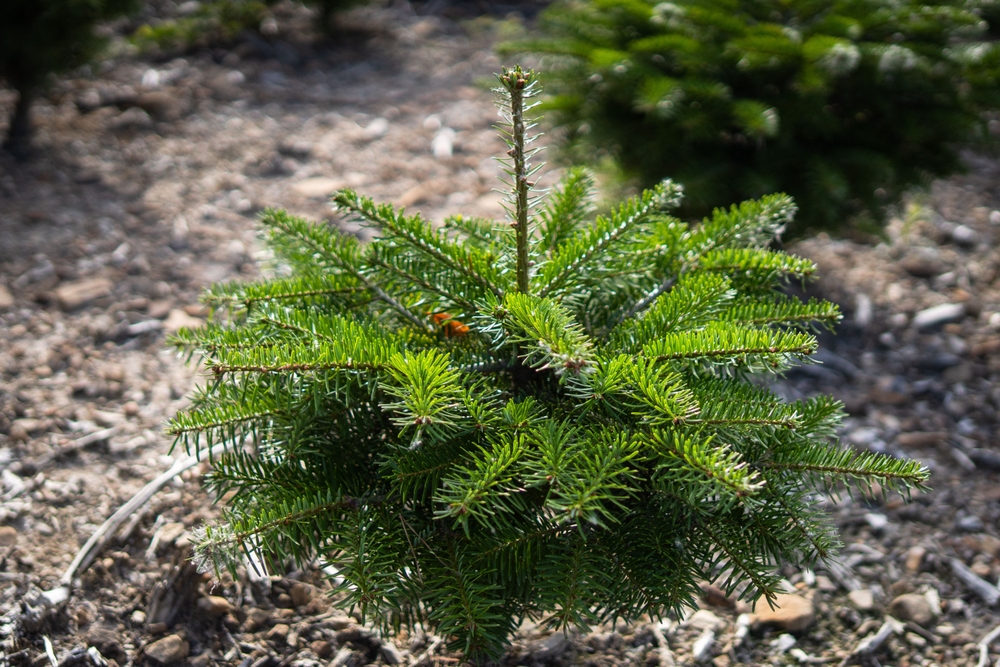
Pine trees are often planted in the fall because they do not require a lot of immediate above-ground growth. This makes them perfect for getting a head start on root development. By planting pines in autumn, you allow the tree to establish a solid root system while the soil temperatures are still warm. The cooler air helps minimize stress, and the pine’s roots can take advantage of the seasonal moisture, preparing the tree for its first spring season.
Pines that are planted in the fall tend to develop stronger roots, which in turn makes them more resistant to heat and drought during the summer. When spring arrives, the established root system allows the pine to quickly begin producing new growth. This early root development makes pine trees more durable and able to withstand the challenges of the changing seasons.
Crape Myrtles
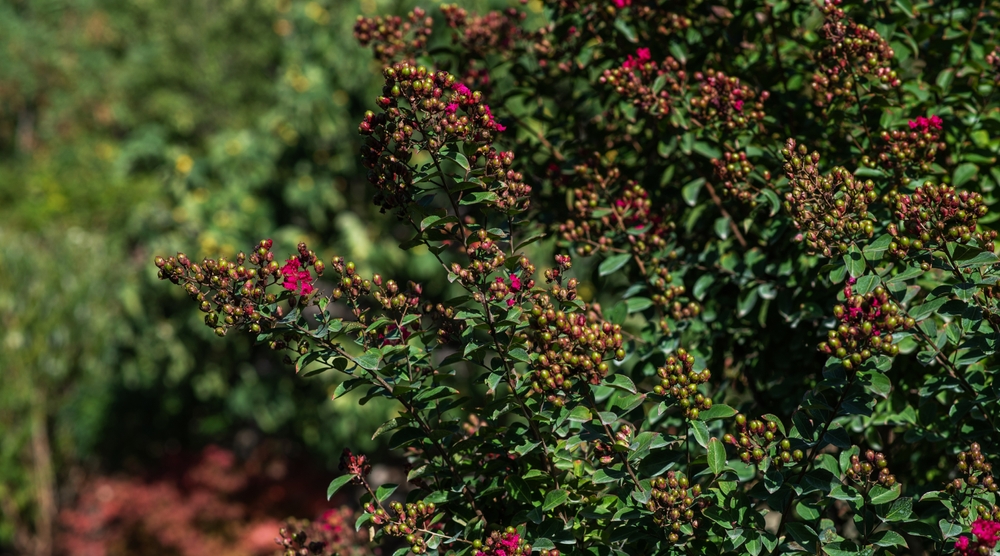
Crape myrtles, known for their stunning summer flowers, benefit from fall planting because it allows them to focus on developing roots before the heat of the summer. During the autumn months, the cooler temperatures help reduce stress on the plant, allowing it to settle into the soil. With roots firmly established by winter, crape myrtles are ready to thrive when spring arrives and the growing season begins.
Planting crape myrtles in the fall also reduces the chances of transplant shock, which is common when planting in the spring. The well-established root system helps the plant quickly absorb nutrients and water in the spring, promoting healthier growth and more vibrant flowers.
Magnolia Trees
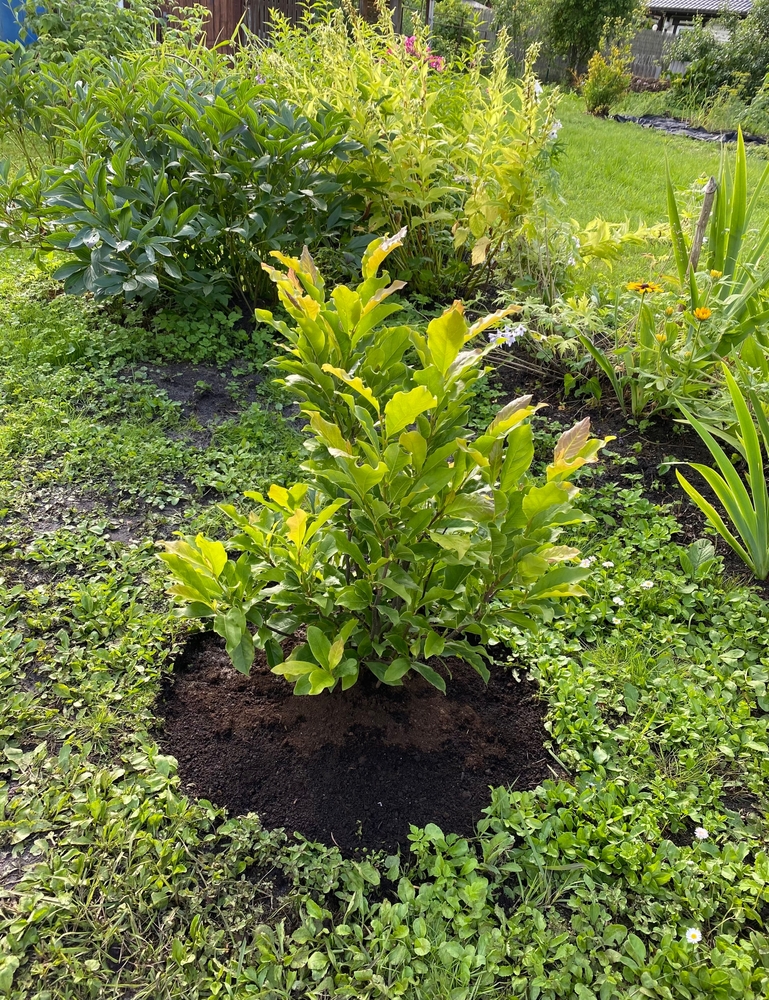
Magnolias are best planted in the fall for the same reason many other trees thrive in autumn: they can establish their root systems without the stress of summer heat. By planting magnolias in the fall, you give them a full season to develop strong roots before the dormant winter months. This root growth, protected from extreme temperatures, ensures the tree is ready for the upcoming spring when it can focus on flower and leaf production.
The benefit of fall planting for magnolias is that their roots have time to settle into the soil before the spring’s warmer temperatures hit. This means the tree will be better equipped to handle drought and heat stress when summer arrives, ensuring more consistent and healthy growth.
Witch Hazel
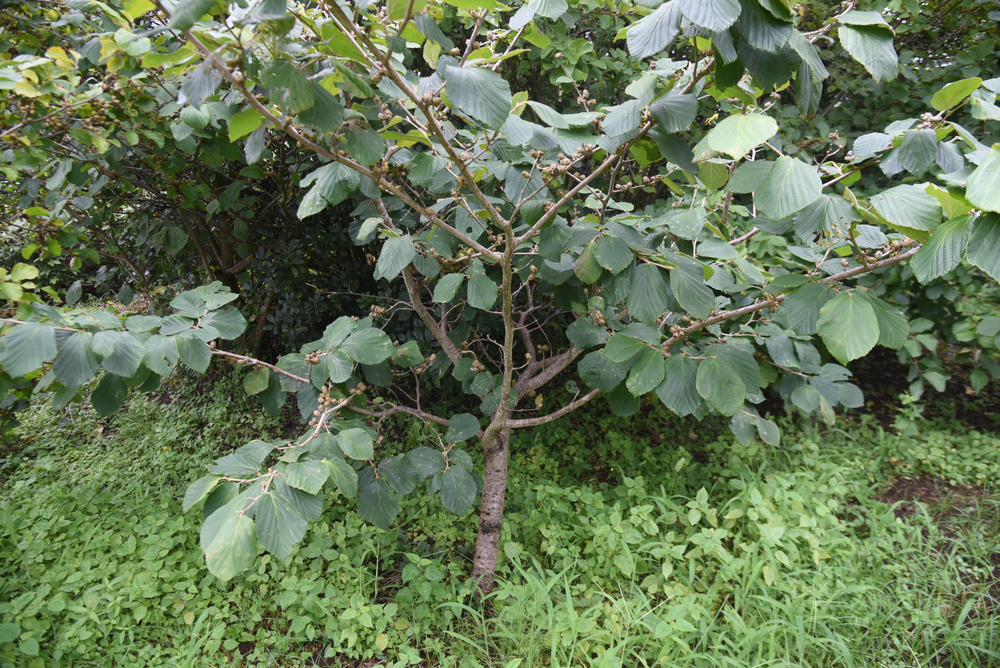
Witch hazel is a shrub that blooms in the fall and early winter, making it an ideal choice for autumn planting. Planting in the fall allows witch hazel to grow its roots during the cooler months, giving the plant a solid foundation. This early root development is key, as witch hazel thrives when it can focus its energy on blooming in the cooler seasons without the stress of excessive leaf production.
Once established, witch hazel is more resilient to the heat of summer and can produce its striking flowers with greater vigor. The fall planting season gives this shrub a chance to be well-prepared for the warmer months when it needs to produce its showy flowers.
Spirea
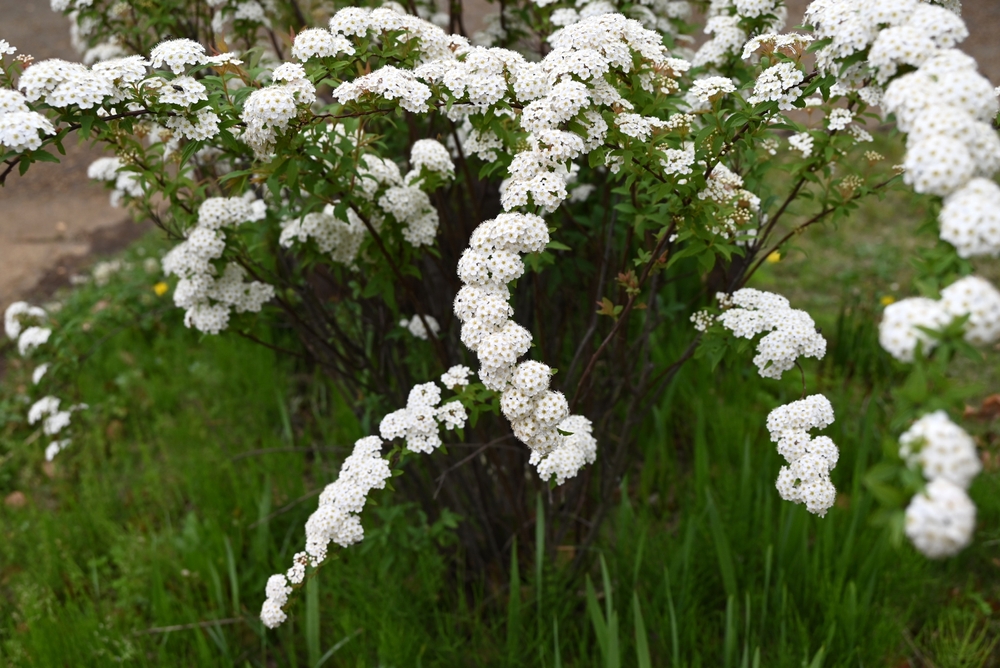
Spirea is an excellent shrub for fall planting due to its ability to thrive in cool soil. Planting spirea in autumn gives it a chance to establish a strong root system before the cold winter months. The cooler temperatures help reduce stress, allowing the plant to focus on root development rather than leaf or flower production.
Once established, spirea can handle the heat of summer much better, making it a more reliable shrub for gardens. In the spring, it will produce vibrant flowers and lush foliage, all thanks to the solid root system developed in the fall.
Forsythia
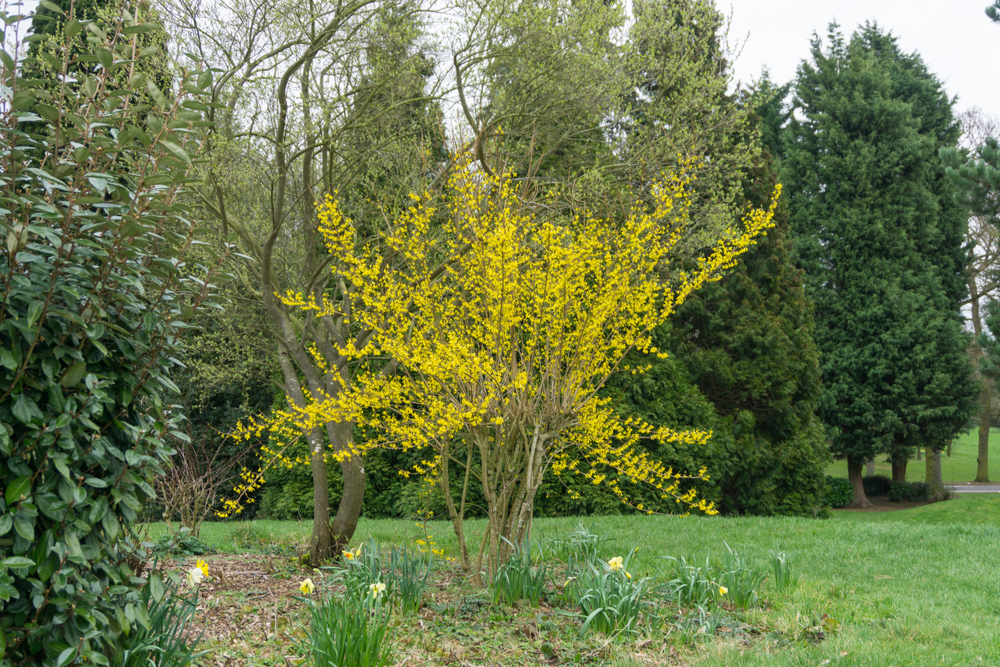
Forsythia is known for its striking yellow blooms that appear early in the spring. Planting forsythia in the fall allows it to focus on establishing its root system before the stress of the growing season. The cooler autumn temperatures promote healthy root growth, ensuring the plant is better prepared to burst into bloom when spring arrives.
The root system established in the fall provides a strong foundation, allowing forsythia to thrive even during hot or dry conditions in the summer. This early planting gives it a head start, making it a more robust and reliable shrub.
This article originally appeared on Avocadu.
